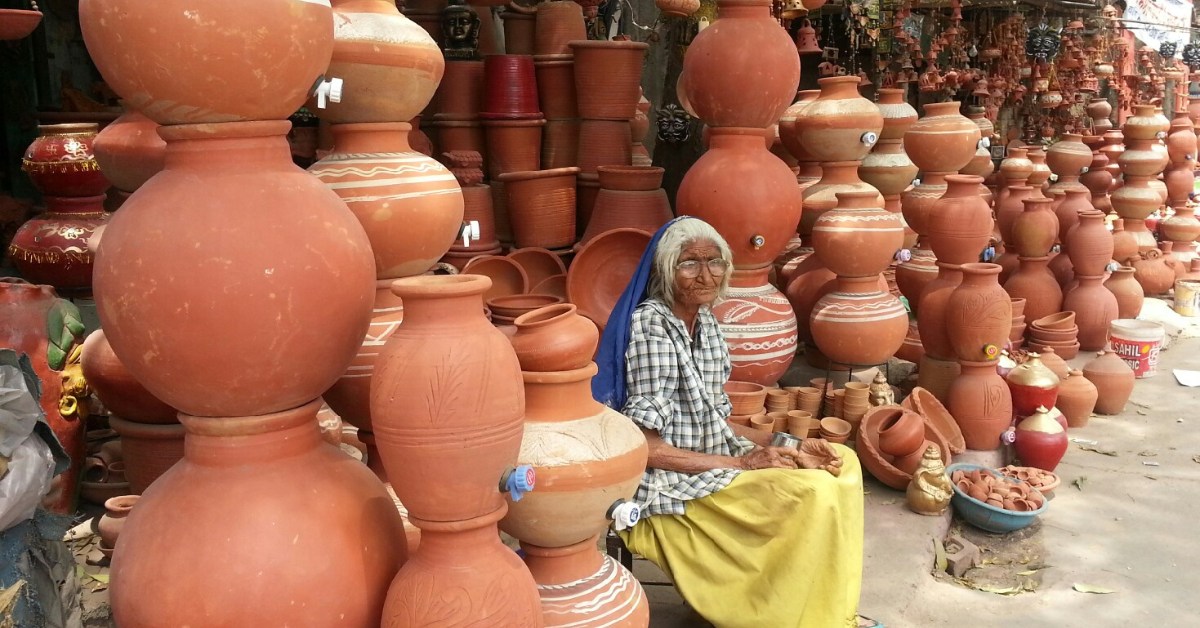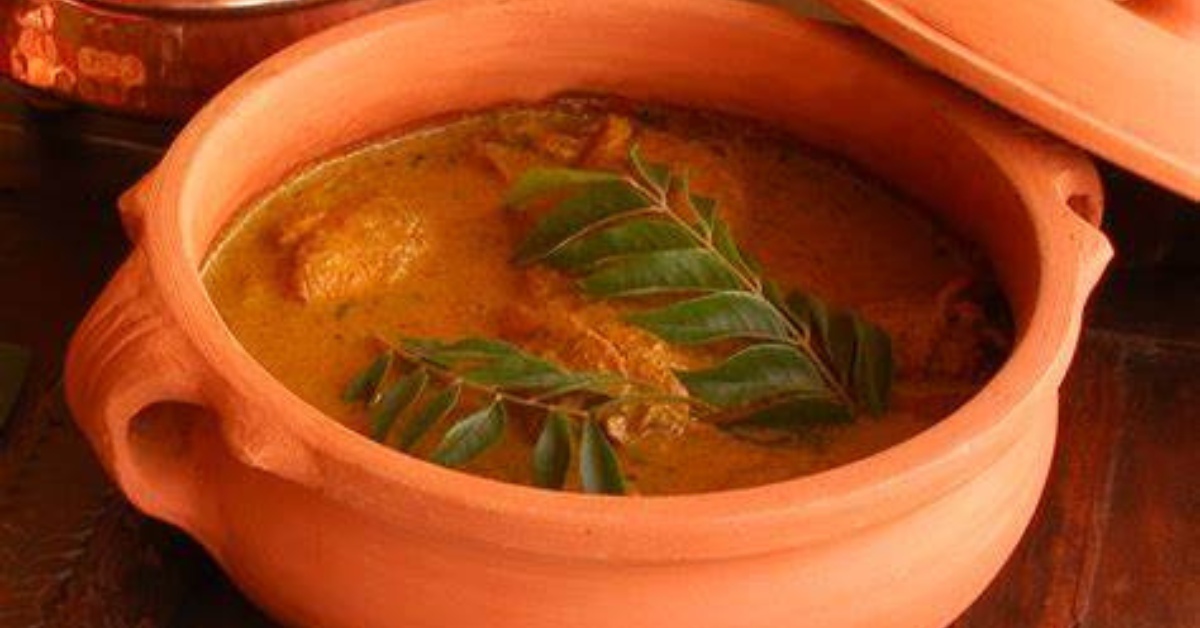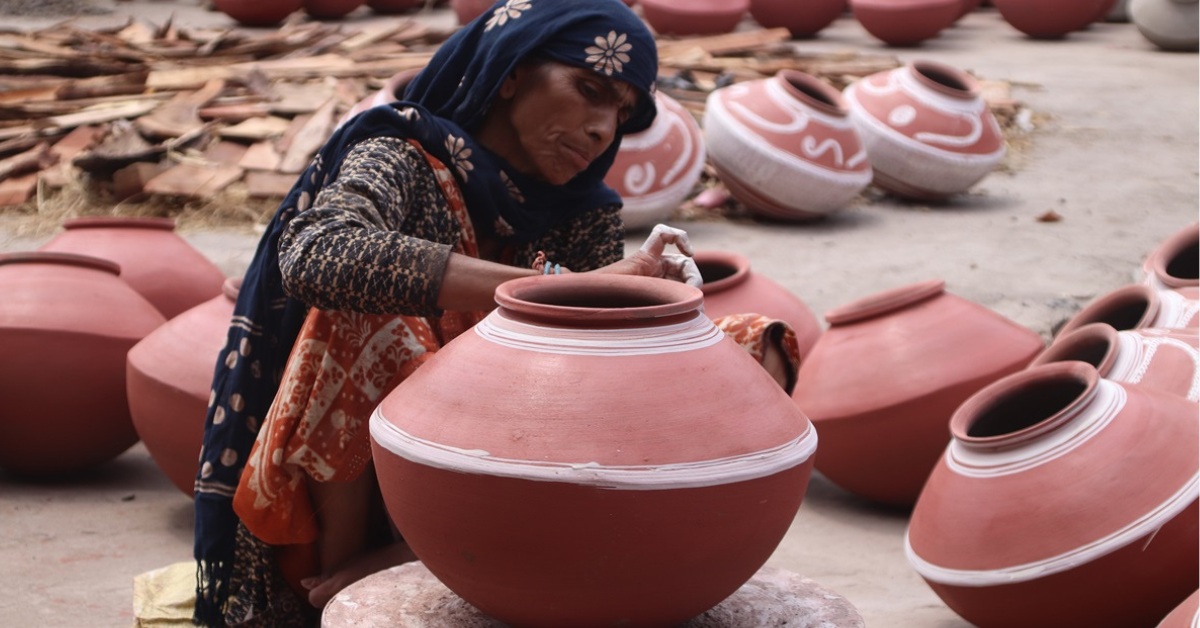Why Clay Pots Are the Perfect Kitchen Essential for the Rainy Season
It’s monsoon season. Rain taps gently on your windows, the air feels thick and sticky, and your kitchen is working overtime. You’ve got leftovers, fresh veggies, maybe some fish or curry, but everything’s going bad quicker than usual.
Clay cookware isn’t just an old-school kitchen staple — it’s incredibly smart. These earthy pots are naturally porous, allowing air to circulate and helping food stay cooler and fresher, even without a refrigerator. They absorb excess moisture, preventing spoilage and sogginess.
For generations, Indian kitchens relied on clay, especially during the monsoon, to cook and store food. While steel containers sweat and plastic traps moisture, the humble clay pot quietly does its job: preserving your meals and enhancing their flavor.
From health and taste to water quality and tradition, here are five reasons why it’s time to bring clay pots back into your kitchen.
1. Natural temperature and humidity control
What research says
Clay acts like a sponge — it breathes. Unlike plastic or steel, which trap moisture and encourage spoilage, clay allows just enough airflow to keep food naturally cool and fresh.
 Handmade terracotta ceramic clay-based earthenware is used for cooking and storing food. Image credits: lassiwithlavina.com
Handmade terracotta ceramic clay-based earthenware is used for cooking and storing food. Image credits: lassiwithlavina.com
To do:
• During monsoon, swap steel or plastic containers for clay pots to store drinking water.
• To reap the natural cooling effect, keep the pot partially covered and replenish the water regularly.
2. Enhanced food safety with alkaline harmony
What research says
Clay is alkaline in nature. It balances the acidity in foods, supports digestion, and helps maintain ideal pH levels. Ayurvedic wisdom meets modern science — studies show that food cooked in clay retains more essential minerals than when cooked in metal utensils.
To do:
• Use clay pots for acidic dishes like lemon-based dals and curries to reduce acidity and aid digestion.
• Combine this with probiotic foods during monsoon to support gut health and immunity.
3. Chemical-free, eco-friendly cooking
What research says
Many Indian nutrition experts now endorse earthenware over synthetic alternatives to minimize chemical exposure in food. Unlike non-stick pans that may contain harmful synthetic chemicals such as PFOA/PTFE that make them non-stick, clay is a toxic-free, biodegradable option.
 Clay pots enhance the flavor and nutrition of food. Image credits : fity.club
Clay pots enhance the flavor and nutrition of food. Image credits : fity.club
To do:
• Replace a frequently used non-stick pan with a clay pot, even once a week.
• Choose items made from locally sourced clay to reduce the carbon footprint and support artisans.
4. Boosts water quality and hydration
What research says
Clay pots don’t just cool water; they improve its quality. A study in Egypt found that storing tap water in clay reduced harmful bacterial contamination significantly after just one week.
To do:
• During monsoon, use a clay matka to store water; change it every 5–7 days.
• Use a clean, dry cloth for the cover to let moisture escape while preventing dust and insects.
5. Nourishes diet and supports cultural roots
What research says
Clay cookware enhances flavor and preserves nutrients. Its ability to trap heat makes it ideal for slow cooking. Studies on traditional Indian cookware highlight how clay boosts both nutrition and taste.
To do
• Incorporate one clay-cooked meal weekly, maybe a traditional khichdi or vegetable stew.
• Soak the pot for 12 to 24 hours before cooking to strengthen and seal pores
 Clay pots are meticulously crafted using ancient methods and reflect the rich cultural heritage of India. Image credits : Mongabay
Clay pots are meticulously crafted using ancient methods and reflect the rich cultural heritage of India. Image credits : Mongabay
Incorporating clay cookware into your monsoon kitchen isn’t just nostalgic—it’s intentional. It’s about choosing better health, better flavor, and a better impact on the environment. It’s about reconnecting with nature, science, and centuries of wisdom.
So the next time the rains fall, the smell of wet earth fills the air, and your home feels like a warm cocoon—cook a slow, hearty meal in a clay pot. Let tradition, taste, and wellness come together in your kitchen.
Edited by Vidya Gowri Venkatesh
News